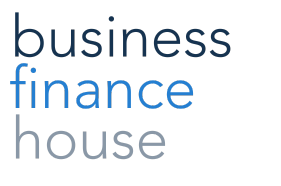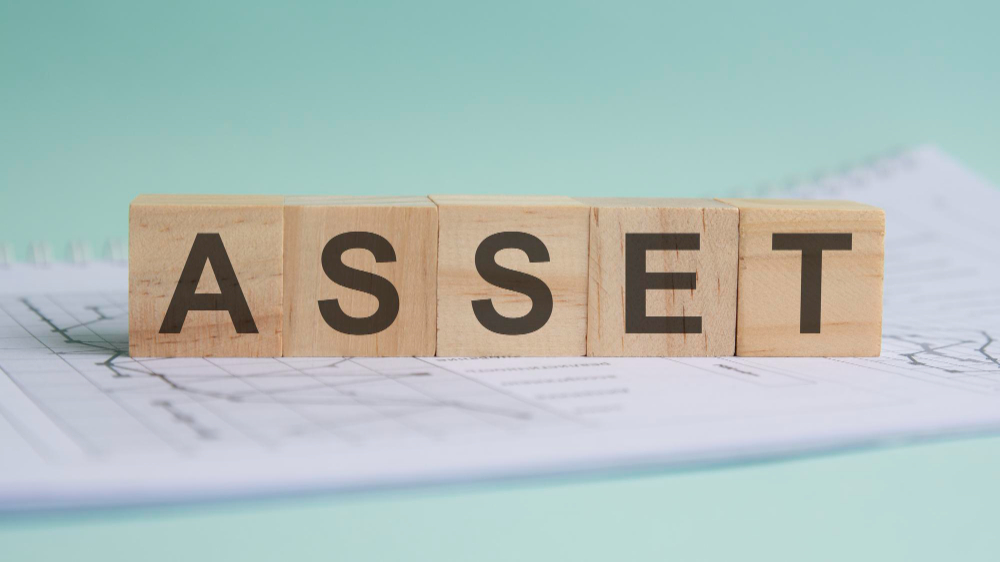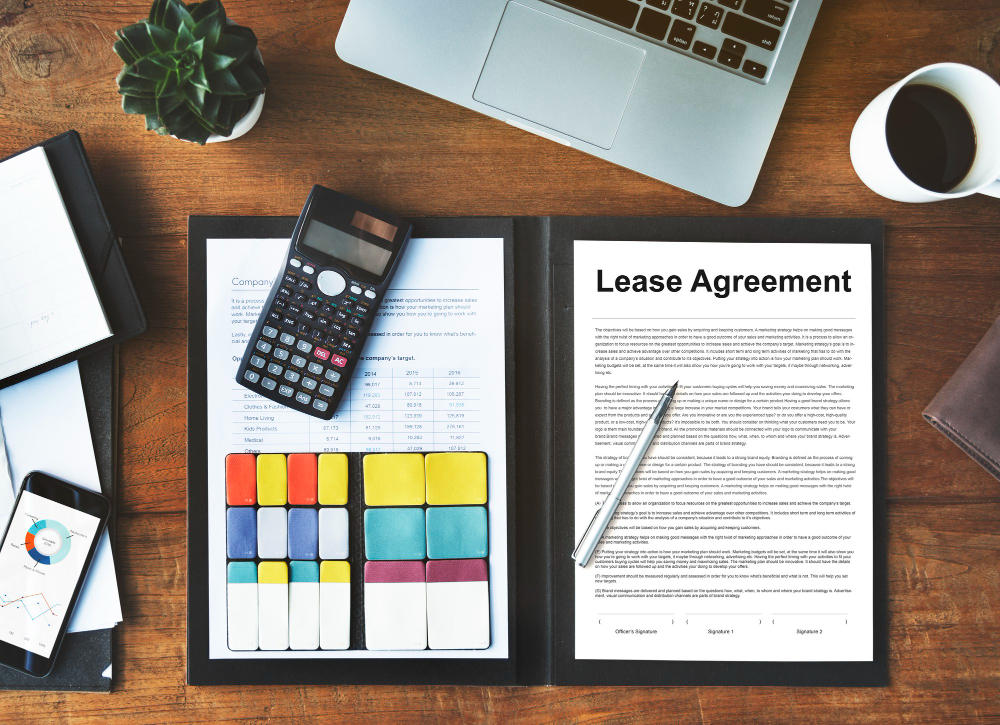Running a small business comes with its own set of challenges, especially when it comes to acquiring the equipment needed to operate efficiently. This is where asset finance can be useful, offering a flexible and cost-effective solution for acquiring the necessary assets for small businesses.
What is Asset Finance?
Asset finance is a funding solution that allows businesses to acquire assets, such as machinery, vehicles, or technology, without having to pay the full purchase price upfront. Instead, the assets are typically financed over a fixed term, with regular payments made to the finance provider. This enables small businesses to spread the cost of asset acquisition over time, preserving their cash flow and avoiding the need for large capital outlays.
Types of Equipment Finance
There are several types of equipment finance available to small businesses:
- Lease Financing: Allows businesses to use the equipment for a fixed period in exchange for regular lease payments.
- Hire Purchase: Enables businesses to acquire the equipment through a series of installment payments, with ownership transferring to the business at the end of the term.
- Equipment Loans: Provide businesses with a lump sum to purchase equipment outright, with the asset serving as collateral for the loan.
Whether you prefer the flexibility of leasing or the ownership benefits of buying, you can choose the best option tailored to your business needs.

Benefits of Asset Finance for Small Businesses:
- Preservation of Working Capital: Asset finance allows businesses to finance assets without using up their cash reserves, ensuring funds are available for other essential expenses like payroll, inventory, and marketing.
- Flexible Repayment: Repayment structures in asset finance are flexible, enabling businesses to match payments with cash flow, reducing financial strain and providing better control over finances.
- Access to Latest Equipment: Small businesses can access the latest equipment and technology through asset finance without significant upfront costs, enhancing productivity and competitiveness.
- Improved Cash Flow Management: By spreading asset acquisition costs over time, asset finance improves cash flow management, making payments more manageable within budget constraints.
- Tax Benefits: Asset finance arrangements may offer tax benefits, such as treating lease payments as operating expenses, potentially reducing tax liabilities.
- Risk Mitigation: With lease financing, businesses can transfer asset ownership risks, like depreciation and obsolescence, to the finance provider, ensuring they don’t end up with outdated assets.
Considerations Before Opting for Asset Finance:
Before pursuing asset finance, small business owners should carefully consider several factors, including interest rates, repayment terms, and the impact of asset depreciation. It’s essential to assess the overall cost of finance and ensure that the terms align with the business’s long-term goals and financial capabilities. Additionally, explore options for customising assets to meet your specific business needs, maximising their value and utility.
Tips for Maximising the Benefits of Asset Finance
To make the most out of asset finance, consider the following tips:
- Negotiate favourable terms and rates with finance providers.
- Monitor and maintain your assets to ensure optimal performance and longevity.
- Plan for future equipment needs and incorporate them into your overall business strategy.
Asset finance is a valuable option for small businesses looking to acquire essential equipment without the burden of a large upfront payment. With careful consideration and planning, small businesses can leverage asset finance to boost their operations and achieve their business objectives.
Contact Business Finance House today and unlock the power of smart business finance solutions for your growth journey!
